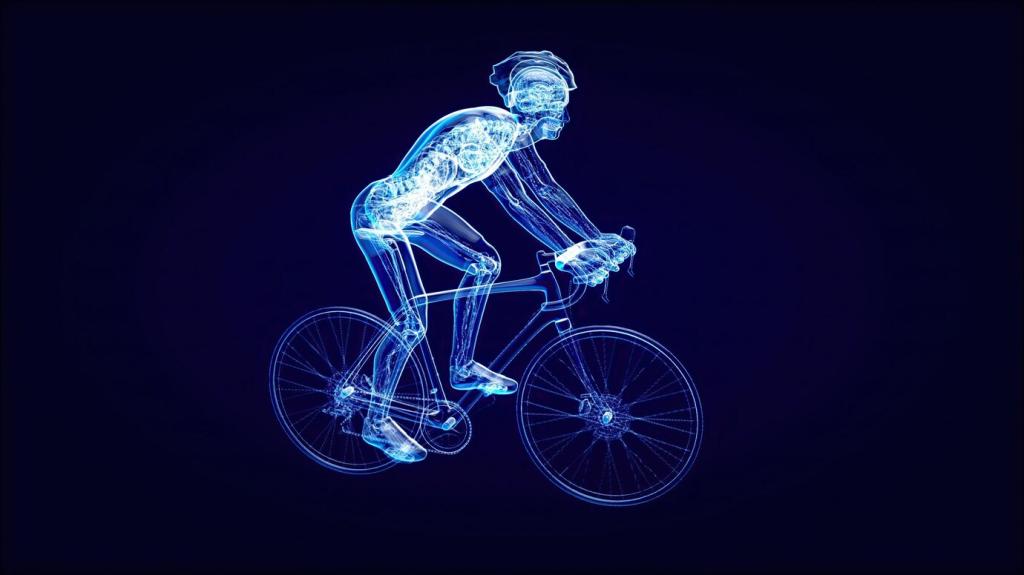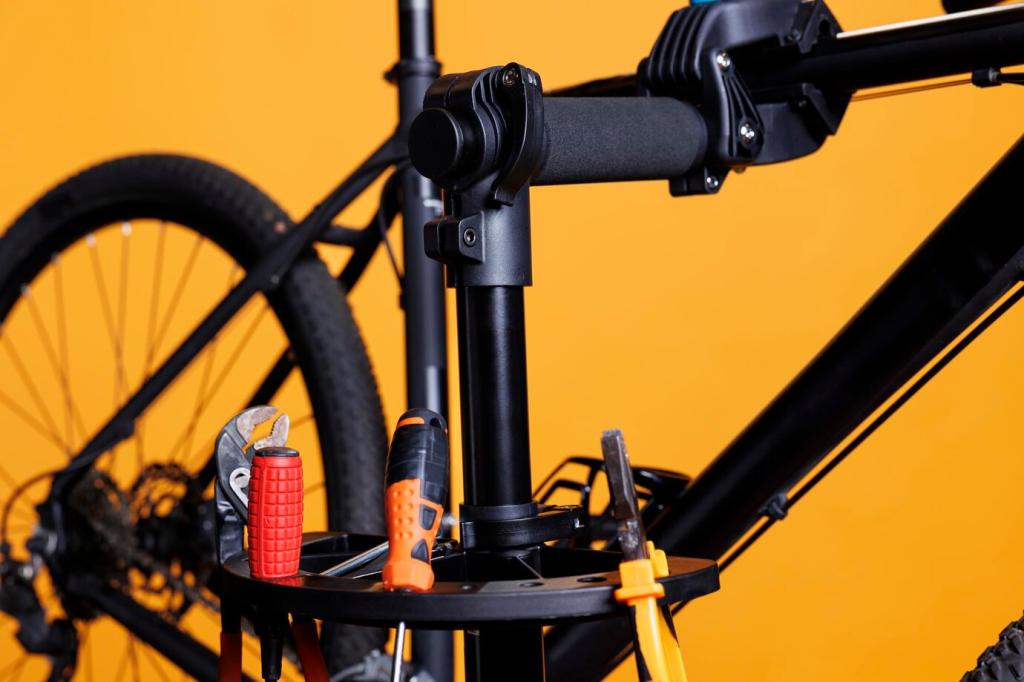Smart Gear Checklist for Connected Riders
Garmin Edge, Wahoo ELEMNT, and Hammerhead Karoo handle multi-protocol sensors well, while watches like Garmin and Apple Watch add redundancy. Prioritize models with strong antenna design, quick re-pairing, and offline map support. Before big rides, pair everything at home, rename sensors for clarity, and confirm that each reading appears steady in a short test loop.
Smart Gear Checklist for Connected Riders
Heart rate straps, power meters, and speed sensors give training structure, while tire pressure sensors like TyreWiz and suspension tuners like ShockWiz fine-tune handling. Pair each device individually, verify unique IDs to prevent mix-ups, and check battery status. Bring spare coin cells for straps and sensors so you’re never stranded without critical data on race morning.








